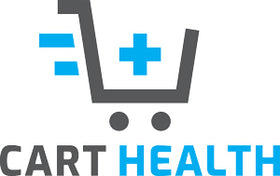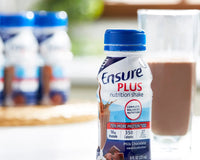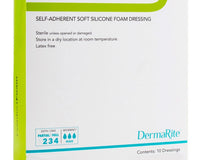Table of Contents
Pumping breast milk can be a great way to provide your baby with breast milk when you are not able to breastfeed directly. It can also help build your milk supply and provide an alternative to bottle-feeding. Whether you are supplementing with formula or exclusively pumping, this guide will provide you with the information you need to make your pumping experience successful. With the right preparation and knowledge, you can make the most of your pumping journey and provide your baby with the nutrition they need.
Why Should I Pump My Breastmilk?
Pumping breast milk can provide several benefits for you and your baby. It can help boost your milk supply, provide an alternative to bottle-feeding, and allow you to store milk for later use. It can also help you feed your baby when you are away from home or when you are unable to breastfeed directly. Pumping can be a great way to ensure your baby is getting the best nutrition available.
How Should I Prepare to Pump?
Before you begin pumping, it is important to make sure you have the right supplies. A good breast pump is essential for successful pumping. You should also have bottles and other supplies such as bottle caps, pump parts, and milk storage bags. You may also want to invest in a hands-free pumping bra, which can help make the process easier and more comfortable.
When you are ready to begin pumping, make sure you are in a comfortable and relaxed environment. Choose a spot where you can sit or lie down and where you won't be disturbed. Make sure you have everything you need within reach, such as a water bottle and snacks.
How Often Should I Pump?
The frequency of your pumping sessions will depend on your individual needs. If you are exclusively pumping, it is recommended to pump at least eight times a day. This will help ensure your milk supply stays consistent. If you are supplementing with formula or only pumping occasionally, you can adjust the frequency of your pumping sessions accordingly.
What Are the Best Practices for Pumping?
When you are ready to begin pumping, make sure you are comfortable and relaxed. Stimulating your breasts before pumping can help ensure that you can get the most out of each session. Massage your breasts in a circular motion, or use a warm compress to help your milk flow. You can also try different positions while pumping to find the most comfortable and effective one for you.
Once you have started pumping, make sure to use the right size flanges for your breasts. This will help ensure you can get the most out of each session. Additionally, it is important to keep your equipment clean and properly store your milk. Finally, it is important to stay hydrated and nourished throughout your pumping sessions.
Conclusion
Pumping breast milk is a great way for mothers to ensure the health of their babies, even if they are unable to breastfeed. It requires dedication and dedication, but the results are worth it. In addition to providing the same nutrition as breastfeeding, pumping also allows for flexibility in a mother’s schedule and can provide her with the time she needs to take care of herself. With the right equipment, knowledge, and support, any mother can successfully pump milk and provide her baby with a healthy and nutritious start to life.
If you need a breast pump and other baby supplies, shop at Cart Health. We make it a point to provide custom-tailored product suggestions to help you live your life.









